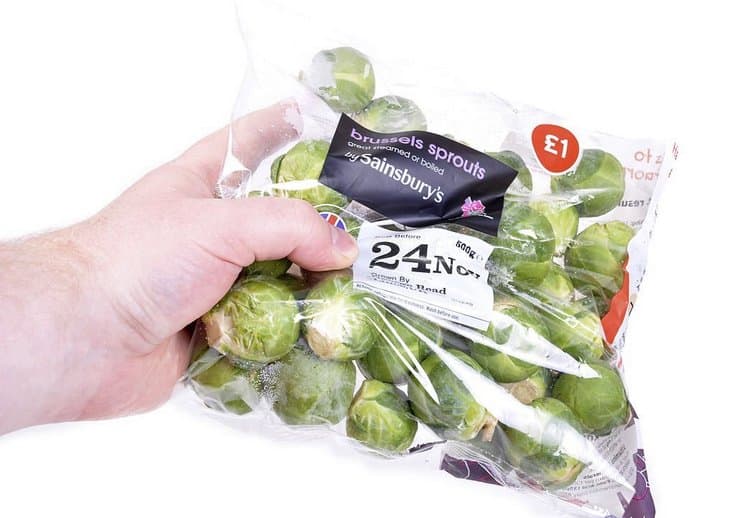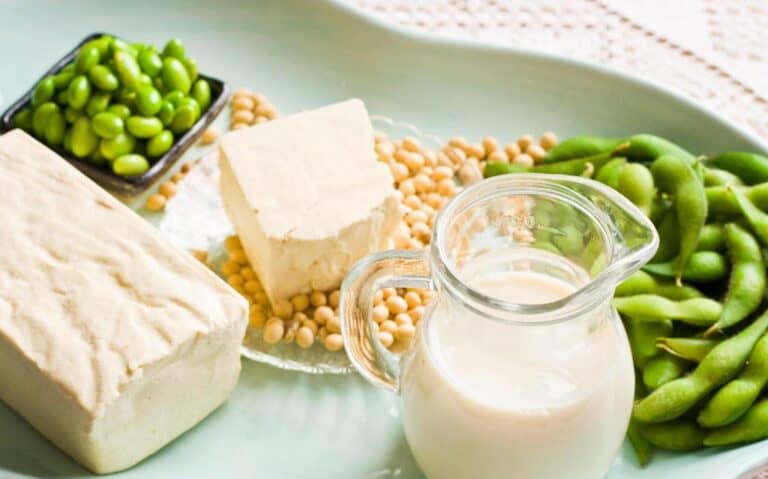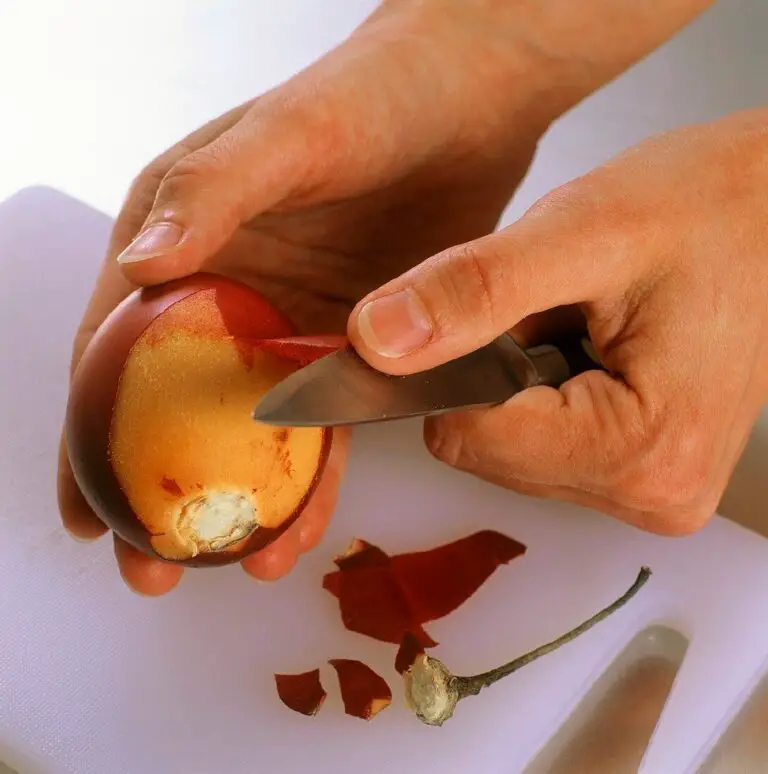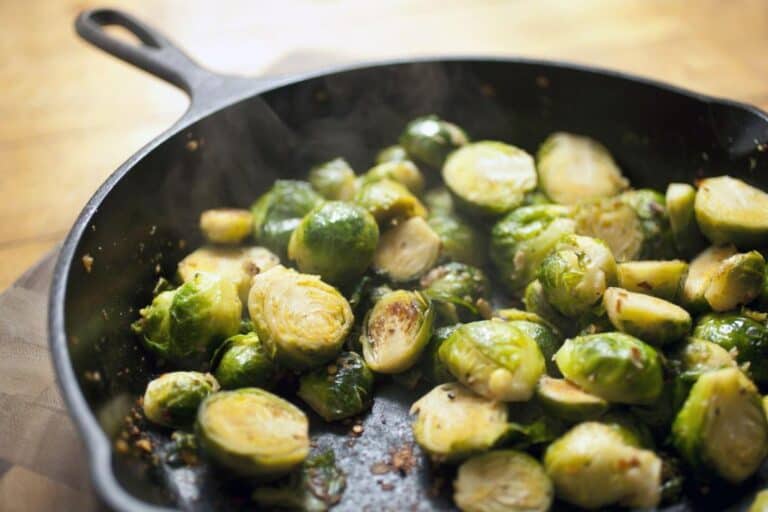What Are the Fillings of the Gyoza Dumplings? What Can You Eat Them With?
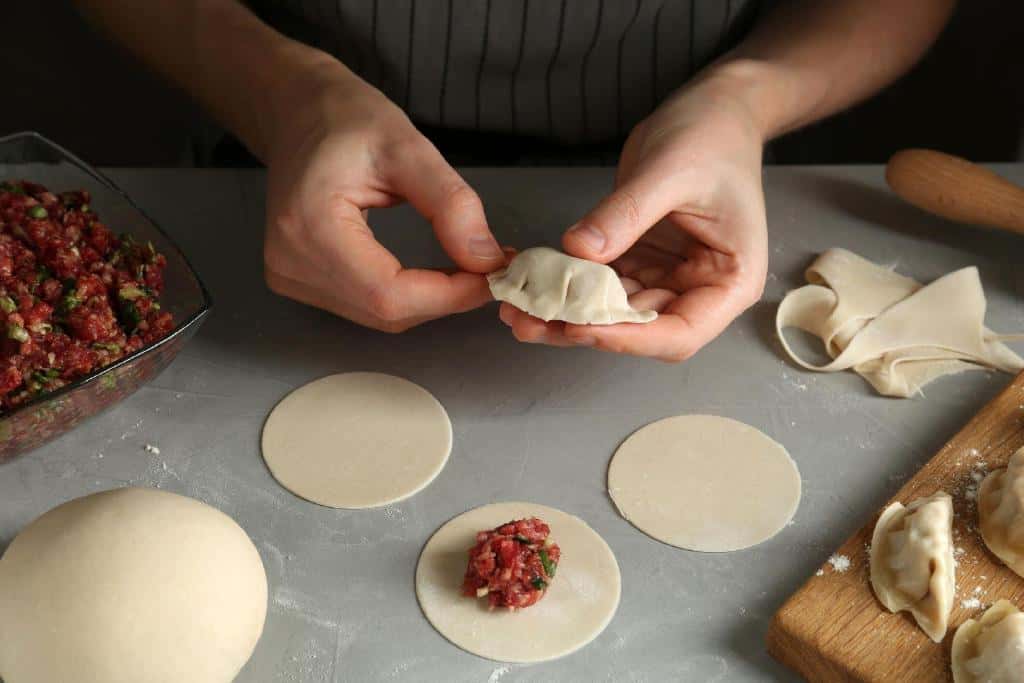
Gyoza dumplings have delicate wrappers and flavorful fillings. They have won the hearts and taste buds of food fans worldwide. But have you ever stopped to ponder what exactly makes up the tantalizing contents hidden within these tiny parcels of joy?
From juicy pork to savory chicken, the fillings of gyoza dumplings come in a variety of options that cater to every palate. They can be pan-fried to crispy perfection or steamed to tender goodness. These tasty bites are not only easy to cook in many ways but also go well with many condiments and side dishes.
Join us as we explore gyoza fillings. Discover the many things you can enjoy them with!
Brief Overview of Gyoza Dumplings and Its Popularity
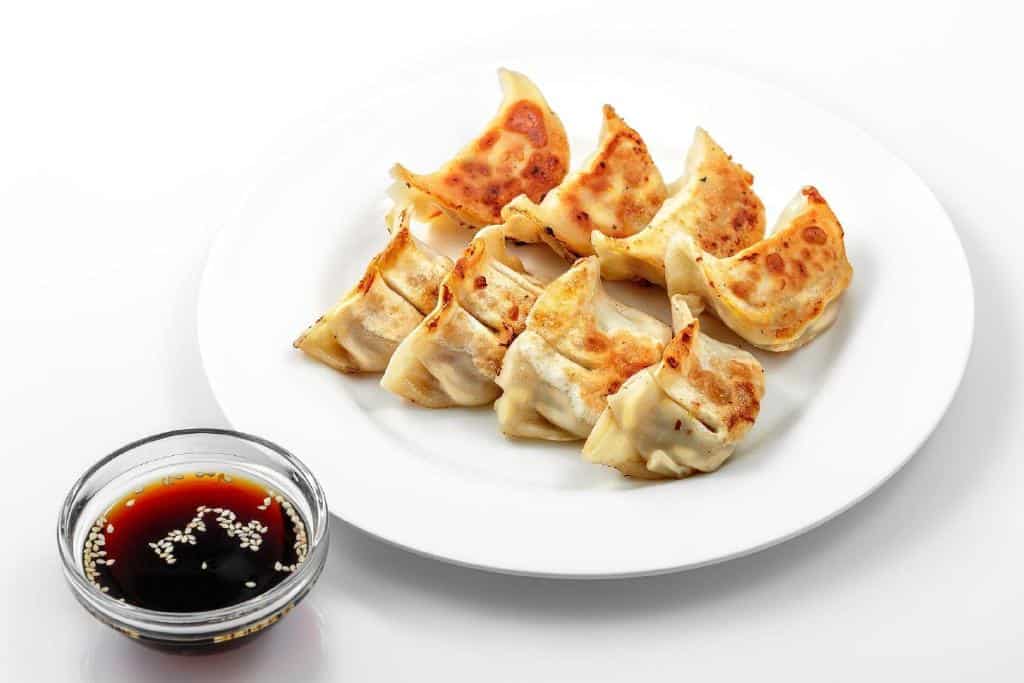
Gyoza dumplings, also known as potstickers, are a popular Japanese dish with origins in Chinese cuisine. They usually have a ground meat or vegetable filling. It is wrapped in a thin dough. The dough is sealed by pressing the edges together. The dumplings are commonly pan-fried on one side until crispy and then steamed to ensure the filling is cooked through.
Gyoza dumplings have become popular worldwide. This is due to their great taste and versatility. They can be enjoyed as a snack, appetizer, or part of a meal. The combination of flavors in the filling, along with the crispy texture of the wrapper, makes them a favorite among many people.
In addition to being tasty, gyoza dumplings are also relatively easy to prepare, making them a popular choice for home cooks. They can be filled with many ingredients. This allows for endless customization to suit different tastes and diets.
Why is the Filling of the Gyoza Dumplings so Important?
The filling of gyoza dumplings plays a crucial role in the overall taste and texture of the dish. Here’s why it’s so important:
Firstly, the filling determines the flavor profile of the gyoza. The filling can be savory pork, light chicken, or vegetarian. The taste of the dumplings depends greatly on the filling’s ingredients.
Secondly, the texture of the filling can vary depending on the ingredients used and how they are prepared. A good filling has a mix of textures. Some ingredients provide crunch while others are softer and juicier.
Furthermore, the filling can also affect the cooking process and the final presentation of the gyoza. Fillings that are too wet or too dry can make it challenging to seal the dumplings properly, leading to them falling apart during cooking.
Different Fillings of the Gyoza Dumplings
Gyoza dumplings can be filled with a variety of ingredients, giving them different flavors and textures. Some common fillings include:
- Pork: A classic filling made with ground pork, garlic, ginger, cabbage, and green onions. This filling is savory and juicy, perfect for pan-frying.
- Chicken: Chicken is a lighter alternative to pork. Chicken gyoza filling often has ground chicken. It also has shiitake mushrooms, cabbage, and seasonings such as soy sauce and sesame oil.
- Vegetarian: Vegetarian gyoza fillings can include tofu, cabbage, carrots, mushrooms, and chives. These fillings are flavorful and can be just as satisfying as meat-filled dumplings.
- Shrimp: Shrimp gyoza are filled with chopped shrimp, garlic, ginger, and vegetables like cabbage or water chestnuts. They have a light, seafood flavor that pairs well with the dumpling wrapper.
- Beef: Beef gyoza fillings are made with ground beef, onions, garlic, and seasonings like soy sauce and sesame oil. The beef filling is hearty and flavorful.
- Combination: Some gyoza are filled with a combination of ingredients, such as pork and shrimp, for a more complex flavor profile.
What Can You Eat With Gyoza Dumplings?
Gyoza dumplings can be enjoyed in various ways, making them a versatile dish that can suit different tastes and preferences. Here are some delicious serving ideas:
- Dipping Sauce: Serve gyoza dumplings with a dipping sauce made from soy sauce, rice vinegar, and sesame oil. You can also add a touch of chili oil or sriracha for extra heat.
- Rice: Serve gyoza dumplings with steamed white or brown rice for a complete meal. The rice helps balance out the flavors of the dumplings and adds a comforting element to the dish.
- Noodles: Pair gyoza dumplings with noodles for a more substantial meal. You can use ramen noodles, udon noodles, or soba noodles, and toss them in a savory sauce to complement the dumplings.
- Soup: Add gyoza dumplings to a clear broth soup for a comforting and hearty dish. The dumplings absorb the flavors of the soup and add a satisfying texture to each bite.
- Salad: Serve gyoza dumplings over a bed of mixed greens or Asian-inspired slaw for a lighter meal. The crispiness of the dumplings contrasts nicely with the freshness of the salad.
- Vegetables: Serve gyoza dumplings with vegetables. They can be steamed or stir-fried. It makes a well-rounded, nutritious meal. The vegetables add color, texture, and flavor to the dish.
Ways to Enhanced the Taste of Gyoza Dumplings
When it comes to elevating the flavors of your gyoza, don’t overlook the importance of a good dipping sauce. Olive oil can play a crucial role in adding depth and richness to these sauces, making them even more irresistible. One simple way to incorporate olive oil is by creating a classic garlic-infused olive oil dip. Mix extra virgin olive oil with minced garlic, a pinch of salt, and some chili flakes for a spicy kick that pairs perfectly with pan-fried gyoza.
For those looking for a tangy twist, consider whipping up a lemon and olive oil dip. Mix fresh lemon juice with olive oil. Add chopped parsley and a bit of honey. This blend creates a sweet-sour balance. It complements the savory notes of gyoza filling well. This refreshing dip will add zing to each bite, providing a delightful contrast to the crispy exterior of the dumplings.
If you’re feeling adventurous, try infused olive oils. You can use rosemary or basil-infused types. These fragrant oils can elevate your gyoza dipping sauce. They’ll infuse it with fresh, herby flavors that will make your taste buds dance.
What Are Some of the Nutrition Facts About Gyoza?
Here are some of the nutrition facts in one of the most popular store-bought gyoza products ( teriyaki experience gyoza):-
| Serving size | 176 grams |
| calories | 320 calories per serving |
| fats | 2 grams per serving |
| carbohydrates | 61 grams per serving |
| protein | 14 grams per serving |
| sodium | 960 milligrams per serving |

